Mobile:+86-311-808-126-83
Email:info@ydcastings.com
English
Need Motor Housing with Precision, Cooling & Durability?
Motor Housing Casting: real-world lessons from the shop floor
If you’ve ever torn down a motor after a brutal duty cycle, you know the unsung hero is the motor housing. It holds alignment, moves heat, keeps contaminants out. Sounds simple—until you try to make one at scale. I’ve spent time in foundries and test labs; to be honest, the gap between drawings and production reality is where projects win or bleed time.
What’s trending in 2025
Electrification is squeezing envelopes: thinner walls, tighter concentricity, better thermal paths. ADC-12 aluminum (A383-equivalent) remains popular for high-pressure die casting (HPDC) thanks to flowability and die life. We’re also seeing more impregnation for leak-tightness and powder coats tuned for salt-spray targets in coastal installs. And yes, customers want rapid tooling with automotive-grade PPAP. Surprisingly, even robotics and drones ask for integrated fins and bosses in a single motor housing.
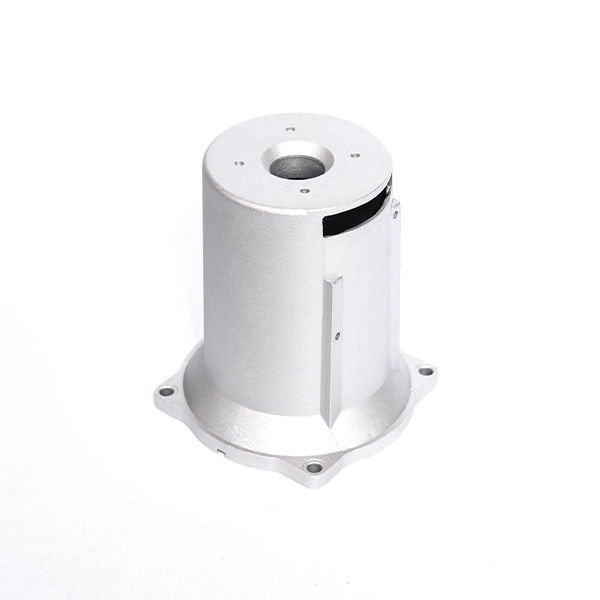
Product snapshot: Motor Housing Casting (ADC-12, HPDC)
Origin: No.563 Xinhua Road, Shijiazhuang City, Hebei Province, P.R. China. 050051. Many customers say the balance of weight and stiffness is the draw; I guess the numbers back that up.
| Parameter | Spec (≈, real-world use may vary) |
|---|---|
| Product Name | Motor Housing Casting |
| Material | ADC-12 Aluminum Alloy (per JIS H 5302) |
| Process | High-Pressure Die Casting (HPDC) |
| Weight Range | 0.2–0.5 kg |
| Wall Thickness | ≈ 1.5–3.0 mm (design-dependent) |
| Dimensional Tolerance | As-cast ≈ ±0.2 mm/100 mm; post-machining ≈ ±0.05 mm |
| Mechanical | UTS ≈ 310 MPa, Hardness 90–100 HB |
| Thermal | Conductivity ≈ 90–100 W/m·K |
| Corrosion | Powder coat NSS ≥ 240 h (ISO 9227), typical |
| Ingress Rating | Up to IP66 with correct seals/gaskets |
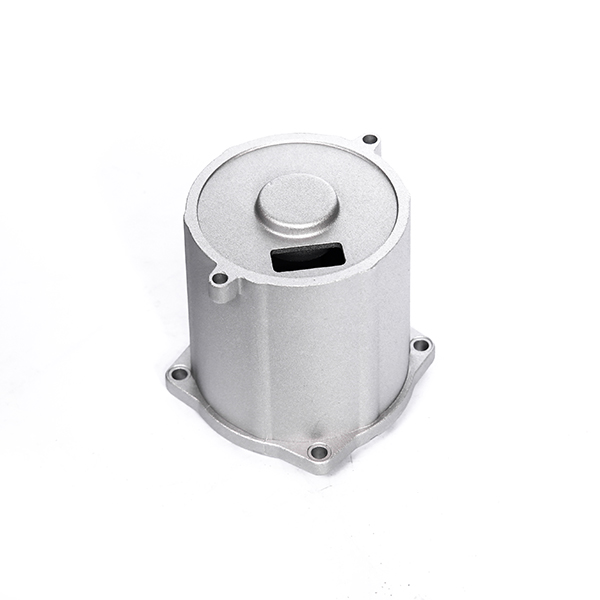
Process flow and quality gates
Materials: certified ADC-12 ingot with melt treatment and degassing. Methods: HPDC with optimized gating, vacuum assist for porosity control, then CNC machining of datum bores/faces. Post: deburr, shot-blast, optional impregnation, powder coat or e-coat. Testing: X-ray (as needed), CMM GR&R, pressure/leak test to ≈ 0.2–0.3 MPa, salt spray per ISO 9227 or ASTM B117, and hardness per Brinell.
Service life: in balanced designs, a motor housing like this typically runs 8–10 years in industrial environments; heavy thermal cycling or coastal sites may need upgraded coatings. Certifications often requested: ISO 9001 and IATF 16949 for automotive-grade launches.
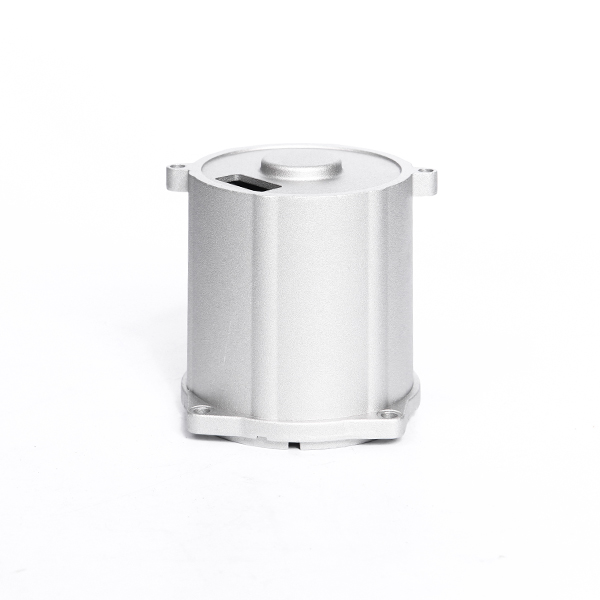
Applications and advantages
- EV pumps, thermal management modules, servo drives—compact motor housing with tight concentricity.
- HVAC blowers and compressors where acoustics and heat dissipation matter.
- AGVs/robotics needing lightweight, rigid enclosures with integrated fins and mounting bosses.
Why ADC-12 HPDC? Strength-to-weight, castability for thin ribs, and decent corrosion resistance with coatings. Actually, the big win is integrating features to eliminate brackets—fewer parts, fewer failure points.

Quick case note
A European AGV maker moved from a sand-cast enclosure to an HPDC motor housing. The redesign trimmed ≈12% mass and improved heat flux about 6–8% after fin optimization—modest on paper, but it allowed a quieter fan curve. Real-world results vary, but customers notice cooler touch temps.
Vendor comparison (condensed)
| Criteria | YD Castings | Competitor A | Competitor B |
|---|---|---|---|
| Material | ADC-12 (traceable) | ADC-12 (mixed lots) | Various |
| Certs | ISO 9001, supports IATF APQP | ISO 9001 | — |
| X-ray/Leak test | On request / 100% optional | Batch only | Limited |
| Tooling lead | ≈ 4–6 weeks | 8–10 weeks | Unclear |
| MOQ | Flexible | High | Low |
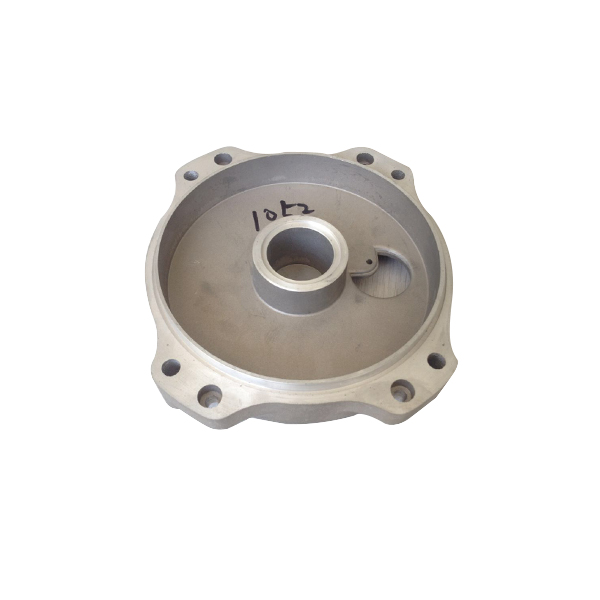
Customization playbook
- Thermal: integrated fins, rib tuning, heat-sink pads for cooler-running motor housing.
- EMC/shielding: conductive coatings or inserts.
- Sealing: groove geometry for IP65–IP66 with tested gasket compression.
- Finish: e-coat, powder (RAL-matched), anodic-style looks via texture + color.
- Quality docs: PPAP, IMDS, full CMM maps on critical-to-quality features.
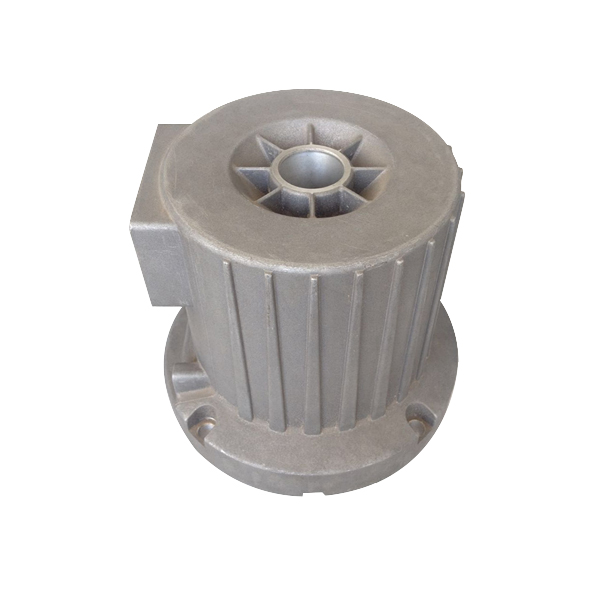
Standards & references
- JIS H 5302: Aluminum alloy die castings (ADC-12 specification).
- ISO 9001:2015 Quality management systems.
- IATF 16949:2016 Automotive QMS requirements.
- ASTM B117 / ISO 9227: Salt spray corrosion testing.
- IEC 60034 series: Rotating electrical machines (relevant interface and protection concepts).
-
Materials Used in Manufacturing Cap End Pipe FittingsNewsNov.24,2025
-
Material Properties of CF8M CastingNewsNov.24,2025
-
How to Inspect Pump Cap Ends for DamageNewsNov.21,2025
-
Backward Curved Impeller – Efficient Airflow Solutions for Industry | YD CastingsNewsNov.21,2025
-
Automobile Water Pump - Efficient, Quiet, Durable & ElectricNewsNov.21,2025
-
Impeller for Pumps – High-Efficiency, Durable, OEM-ReadyNewsNov.21,2025











